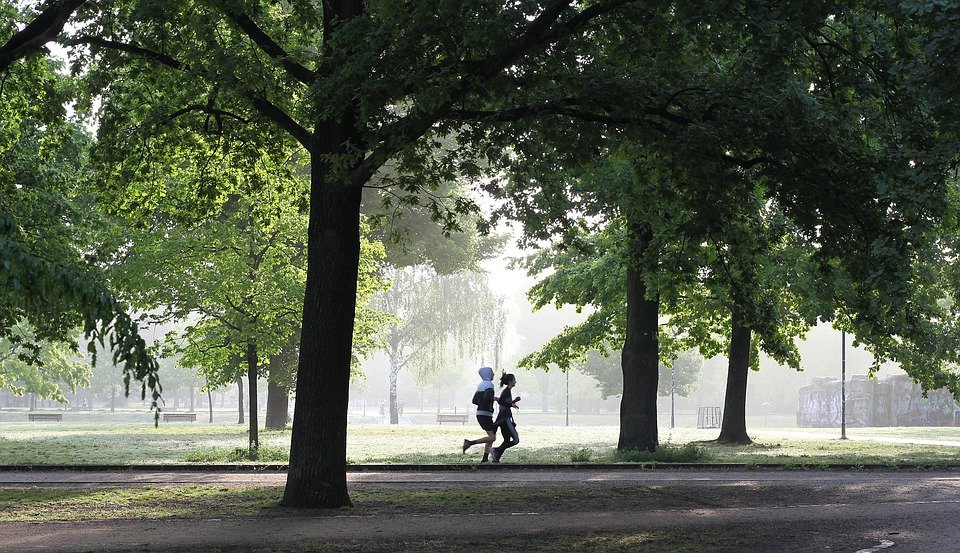
"I don't have time", "it's cold", "I'll do it tomorrow" ... there's always a good excuse, because it's always easier to stay on the couch and watch TV than to go for a good workout. So how do you find the motivation? And first of all, what is motivation?
Theory of intrinsic and extrinsic motivation
This theory, initially presented by Richard Deci in 1975 and enriched by Deci and Ryan (1985, 2002), has the novelty, compared to previous theories, of distinguishing two types of motivation, depending on whether or not it is "imposed".
Internal motivation, or intrinsic motivation, is the motivation that is linked to the activity itself, to the pleasure or satisfaction that one feels thanks to its practice.
There are three main sources of intrinsic motivation:
- Knowledge: the fact of learning, mastering techniques or progressing in the mastery of these techniques.
- Achievement: the satisfaction of pushing one's limits, of reaching one's goals.
- Sensations: the feeling of gliding through the water, the fact of relaxing or exercising thanks to the sports session.
On the other hand, the external factors that we call extrinsic motivations correspond to a commitment not for the activity itself but for its consequences. Sport is no longer an end in itself but a means to an end. These external motivations include
The interaction of different factors
Generally, our actions are motivated in different ways. An athlete, for example, may enjoy training and making progress (intrinsic motivation) but may also be interested in the rewards that he or she may receive for his or her results (extrinsic motivation). The different types of motivation can therefore coexist. Experience in the field even seems to show that it is desirable to have different sources of motivation that can in some way take turns to support the intensity of the athlete's commitment.
However, the work of many researchers shows that intrinsic motivation is more stable over time. An athlete who is only extrinsically motivated is often less persevering. It therefore seems indispensable that motivation be, at least in part, intrinsic for the athlete to persevere in an activity.
How can intrinsic motivation be reinforced?
The pleasure of the activity should always remain at the centre of the activity. This is generally the case when starting a sport. But later on, the search for performance or monotony sometimes puts pleasure in the background.
However, monotony can be avoided by diversifying your training, by doing different sets or by using different equipment. Trying new things often is a good tool to keep the pleasure of training.
It is also virtuous to set goals for each workout.
Develop a sense of competence
The need to feel competent is an essential need that contributes to building self-esteem. Spontaneously, we tend to evaluate this competence by comparison with other practitioners. In order to develop real intrinsic motivation, we should instead try to take more account of our personal progress. Being aware of one's progress in each of the areas of performance: technical, physical and sometimes also mental (better stress management, for example) allows one to gain self-confidence and has an important motivating effect.
Strengthening the sense of autonomy
For a person to develop personal motivation, he or she must feel in control of his or her behaviour. This corresponds to the satisfaction of a fundamental need, that of feeling like an actor, of being responsible for one's performance and not being a simple pawn controlled by others.
The sport activity must become a personal project for the athlete. The athlete must be able to take full ownership of the successes linked to this project.
From theory to practice
It is on the basis of these theories that Squadeasy was born, or how to motivate the employees of your company to practice sport, together or for oneself, so that it becomes natural and sustainable over time, so that the employee derives lasting benefits, in terms of personal and collective well-being, and so that the company gains in cohesion and productivity.
Squadeasy is a challenge in which the company's employees challenge each other in a playful way. Extrinsic motivation is activated by the relationship with others. Gamification makes this relationship healthy and fun. The challenge is in teams, in each team runners can give each other advice on how to progress, encouragement and congratulations, all with the aim of motivating each other to go beyond their limits, and to find pleasure in intrinsic motivation.
If the practice of sport in the company has become a key issue for any responsible employer, it is no less beneficial for all your employees. Your needs are varied, our solution is unique thanks to cutting-edge technology and fun challenges for a unique experience of connected physical activity.